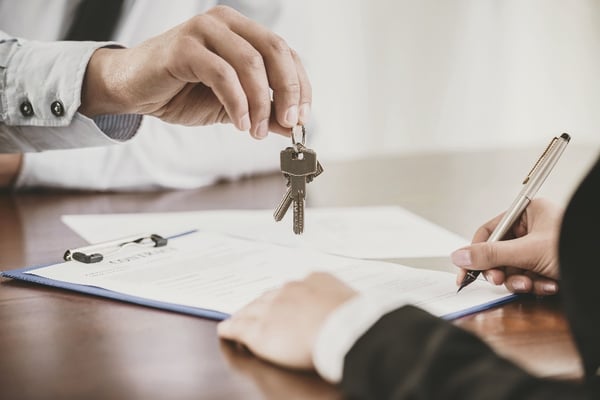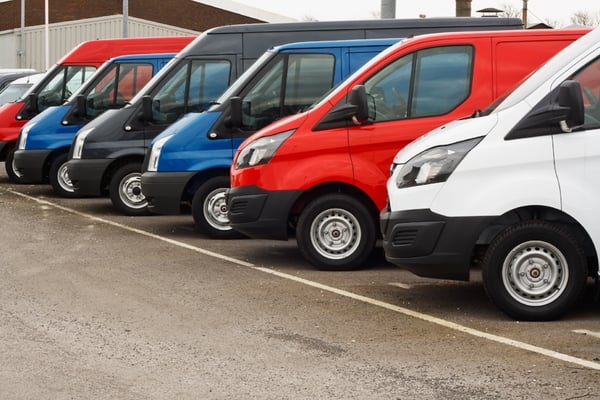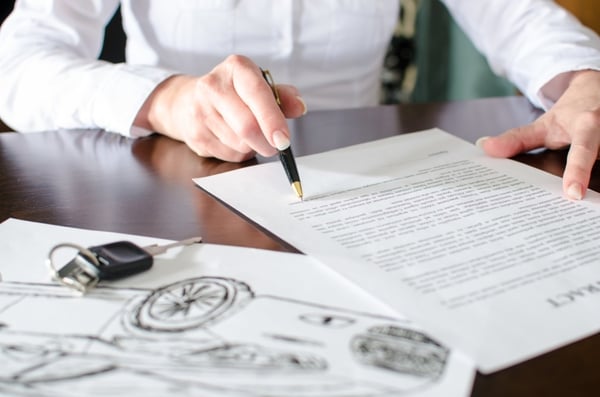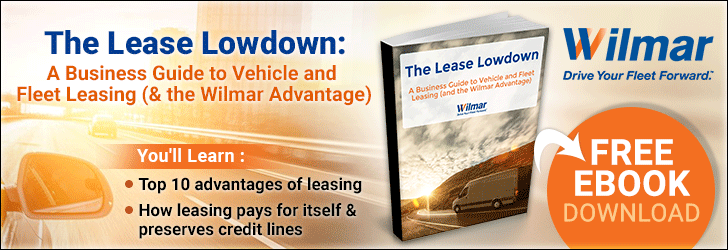
There are many reasons it might make sense to lease a vehicle for your business. You might need the room that a van provides. Or there might be too much wear and tear to put on a personal vehicle. There are a lot of tax benefits of leasing a vehicle as well. The Balance Small Business notes "With car leasing, the residual value at the end of the lease can lower the lease cost," making it an even more affordable option for businesses of all sizes. Leasing also allows you to take advantage of great deals exclusive to business leases. You can get a newer vehicle with lower monthly payments. You can often upgrade that vehicle every few years, too, so you get the latest in safety technology.
It's often not only practical for business but also a smart financial move. Whatever your reasons are for leasing a vehicle for your business, once you've decided on a lease, what do you do next? It's easier than you think. Follow these five steps and get your new leased business vehicle on the road.
Step 1: Know What You Need in a Vehicle
Before you start shopping for a vehicle, make sure you know what you need. Take time to consider factors such as how often you'll use the vehicle, why you need it, and how long you want to own it. Answer these questions before you start looking for your new vehicle:
- How many miles will you (on average) drive each year? No need for exact numbers, but have an accurate estimate in mind. The cost of your lease is often tied to your mileage. If you don't drive as much, you might be able to get a better deal. If you drive a lot, make sure you have a lease that covers those miles so you aren't hit with fees at the end of the lease term.
- What is the vehicles intended purpose? If you are in a trade, you might be using the vehicle to transport goods and tools. You'll want to make sure you have a van that's big enough to handle all that. If the vehicle is going to transport clients, then you might want something that's a little more luxurious.
- What safety features or amenities are important? Maybe back-up cameras are a must. Maybe you need a four-wheel drive vehicle to get into hard-to-reach locations. Or maybe you want to make sure clients are comfortable with climate control. Know what features are must-haves and what you can live without.

Step 2: Research Business Leasing Services
There are many places to shop for a business lease. You can visit your local dealership, browse inventory online, or work with a professional leasing and fleet management company. Take some times to research each option and find the one that works best for your business.
Take time to compare all their services and find one that meets your needs, not just your budget. If you are planning on leasing more than one vehicle, consider hiring the services of a professional fleet management company.
Fleet managers can help you find the vehicles you need, get a good deal, and then keep track of the necessary maintenance and repairs. This can eliminate a lot of strain on your business's internal resources.
Step 3: Compare and Review Quotes
Reputable leasing companies will be happy to provide you with a no-obligation quote. That way you can evaluate what sort of deal they can offer you on a business lease. The biggest mistake you can make here is taking the lowest offer without doing some additional research.
Very often the company is able to offer a low price because they don't offer additional services. This might include oil changes, tire rotation, and fleet services that can end up saving you a lot of money. You can try to negotiate the terms of the lease, too.
Sometimes companies are willing to move a little bit on the monthly payment or throw in some extras to get you to sign. It's always worth asking!
Step 4: Complete Your Paperwork
Once you've chosen a quote that works for your business, it's time to apply for the lease. You'll need to gather up paperwork such as copies of your tax returns, income statements, and list of collateral.
Chron.com has a good list of the information that you'll need to gather up to apply for a business lease. Your leasing agent should also provide you with a list of information you'll need to provide to process the application. Make sure that you read all your leasing paperwork before you sign.
You'll want to ensure that all the terms you've agreed to from your initial quote are still in there and nothing has changed. Once you are happy with it, sign on the dotted line and pick up your keys!

Step 5: Make Plans for Additional Expenses
This is the last step that many business owners often overlook. You'll need to ensure you have the cash flow to cover things like maintenance, just as you would with any other vehicle. With a lease, though, make sure you know of any potential expenses that might come up in the future.
AllBusiness.com has a comprehensive list of additional costs and key factors to consider in your business lease. The biggest one is mileage. Your lease will lay out how many miles you are able to drive the vehicle each year.
Typically, this is around 12,000 though you can negotiate for more. If you notice that you are putting more miles on your vehicle than anticipated, take time to calculate how much the average overage is going to cost you at the end of the lease. It may be worth purchasing more miles in bulk at a discount rate if that's an option available to you.
Need Help Leasing Vehicles for Your Business?
Are you leasing a business vehicle for the first time? Or frustrated with your current leasing company? Wilmar can help. We're more than a fleet management company. We can also help you find the right vehicle for your business and arrange a lease that meets your needs and your budget.
Get in touch with our team today to learn more about how we can make a lease the most affordable option for your company.







